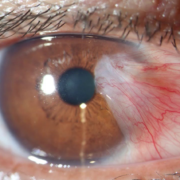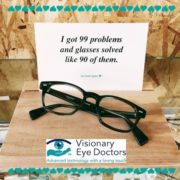Dr. Martinez’s Visionary Foundation – Healing Hands for the Blind
August 23 – 28, 2018
A very successful surgical mission was carried out by Visionary Foundation and Alberto Martinez, MD from August 23 to August 28, 2018 at “Fundación de Servicios Medicos Voluntarios” (FSMV) Hospital Leonardo Martinez, San Pedro Sula, Honduras.
FSMV, a charity clinic led by Marcos Fajardo, MD, serves the impoverished population of San Pedro Sula. Dr. Fajardo provided the logistic support and infrastructure that allowed us to provide free surgical eye care. The patients who received surgery were pre-screened by Dr. Fajardo. Pre-surgical screening consisted of a complete eye exam, diagnosis and plan. Once the need for surgery was determined, appropriate testing such as axial eye length measurement, corneal topography and B-Scan ultra-sonography were performed.
This year, Dr. Martinez spent time training local ophthalmologist Edgar Maldonado following the principle of “When you give a fish to a man, you feed him for a day. When you teach him how to fish, you feed him for a lifetime”. The principal focus of training was clinical cornea, cataract and corneal transplant surgeries.
A total of 54 eye surgeries were performed:
- 11 corneal transplants (1 Penetrating, 7 Partial or DSAEK, and 3 DMEK)
- 40 cataract surgeries (32 phaco + 8 extra capsular)
- Multiple clinical consultations and examinations of general ophthalmology, cornea and external eye diseases and pre and post op evaluations
Patients were seen on their first postoperative day. Cornea patients were seen again three days later, at the end of the surgical mission. All medications needed for postoperative care were provided for free. Postoperative care of these transplants will continue via telemedicine with the by using the app WhatsApp, by means of high quality photography and descriptions.
Surgical Complications:
- 1 DSAEK successfully re-bubbled
We plan to return in August 2019, this time with 2 surgeons. One surgeon may focus exclusively on transplants the other on cataract surgery. Thus, we hope to have a larger surgical impact. One of the most difficult parts of the mission was the heart wrenching process of turning down many people who direly needed a corneal transplant because we did not have enough cornea tissue.
We are thankful to the numerous individuals and organizations that helped us with the success of this mission:
- Alcon Laboratories
- SightLife Tissue Bank
- Johnson & Johnson Surgical Vision, Inc
- New World Medical
- Allergan
- Vanessa Lemus
- Dan Lawson and the staff and physicians at Palisades Eye Surgery Center
- Loretta Scrub Technician and the OR staff at the Washington, DC Hospital Center
- Toufic Melki
- Kevin Smith
- Berny Kreutz
In addition to the surgical mission, Anna Pigotti with the support of Visionary Foundation provided funds to help maintain the infrastructure of the facility where 80+ girls of all ages reside at the orphanage “Hogar San Jose” directed by Sister Thelma. Future plans in this area include visiting the orphanage in October 2019 and providing cash donations to cover a few of the many basic needs.
Once again, thank you for your generous help. You have literally shone light into the life of our fellow human beings.
May your contribution become a light of kindness filling your heart with joy!

 Even the most gifted students will struggle academically if they have trouble seeing the blackboard or focusing on a book.
Even the most gifted students will struggle academically if they have trouble seeing the blackboard or focusing on a book.



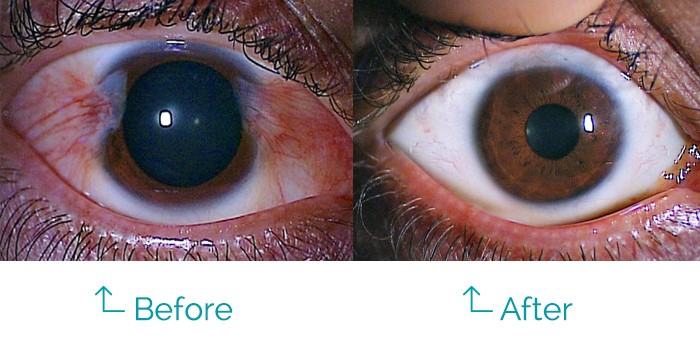
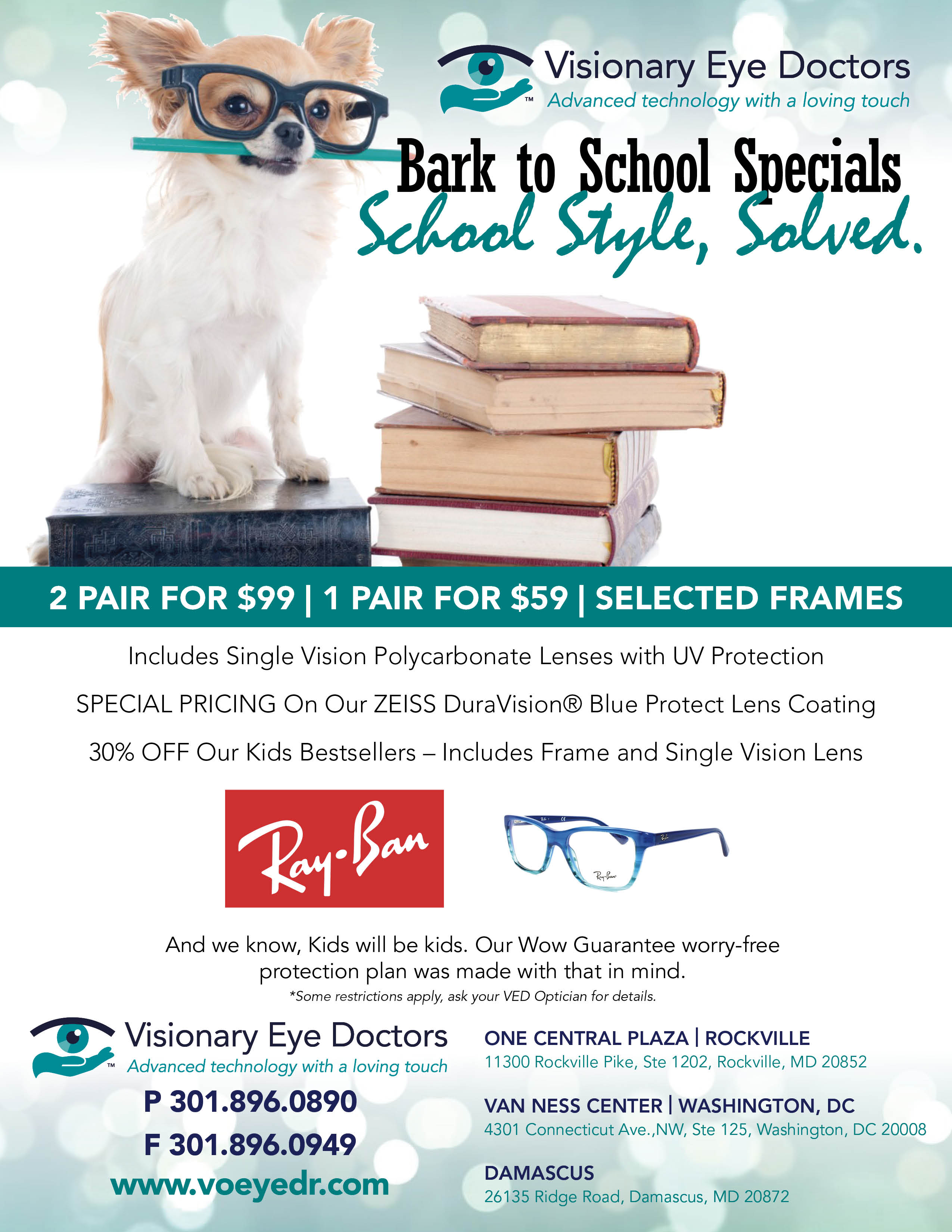








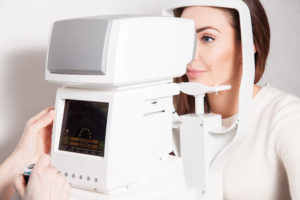 People often take their vision for granted, especially if they don’t need to wear corrective lenses. Even those who are nearsighted, farsighted, or have astigmatism might become complacent about eye exams if their vision is stable.
People often take their vision for granted, especially if they don’t need to wear corrective lenses. Even those who are nearsighted, farsighted, or have astigmatism might become complacent about eye exams if their vision is stable. Dry eye symptoms are the worst! Itching, watering, redness, sensitivity…It’s bad enough when these symptoms appear during allergy season. But when you have chronic symptoms that don’t go away, it might be time to seek professional relief.
Dry eye symptoms are the worst! Itching, watering, redness, sensitivity…It’s bad enough when these symptoms appear during allergy season. But when you have chronic symptoms that don’t go away, it might be time to seek professional relief. Spring Promotions
Spring Promotions